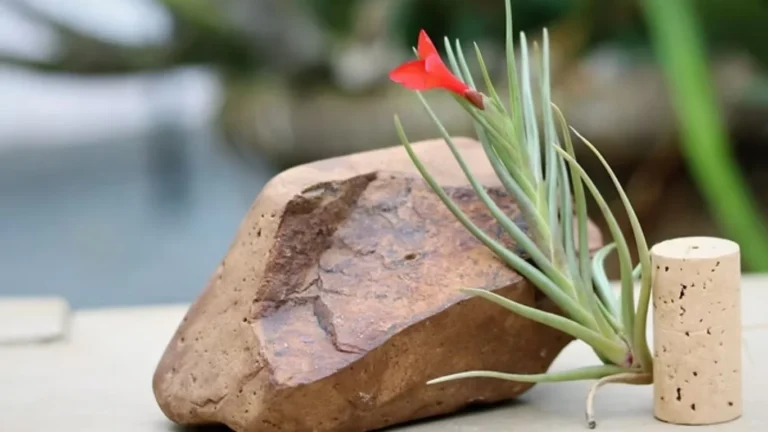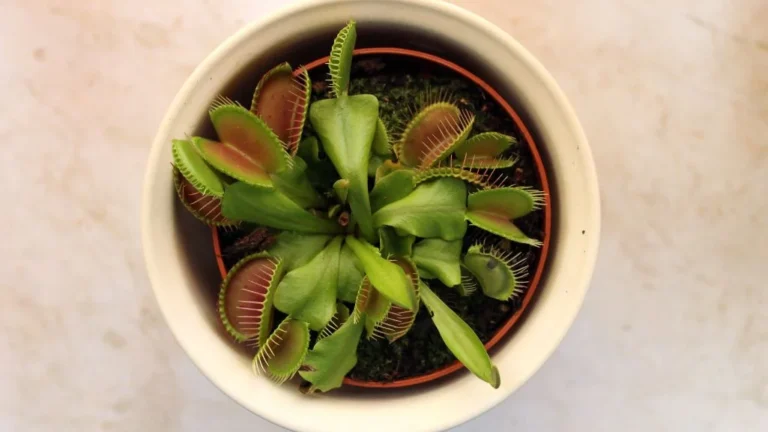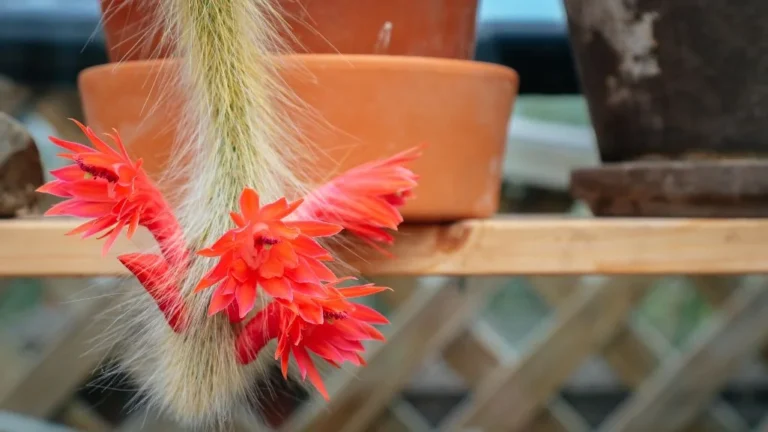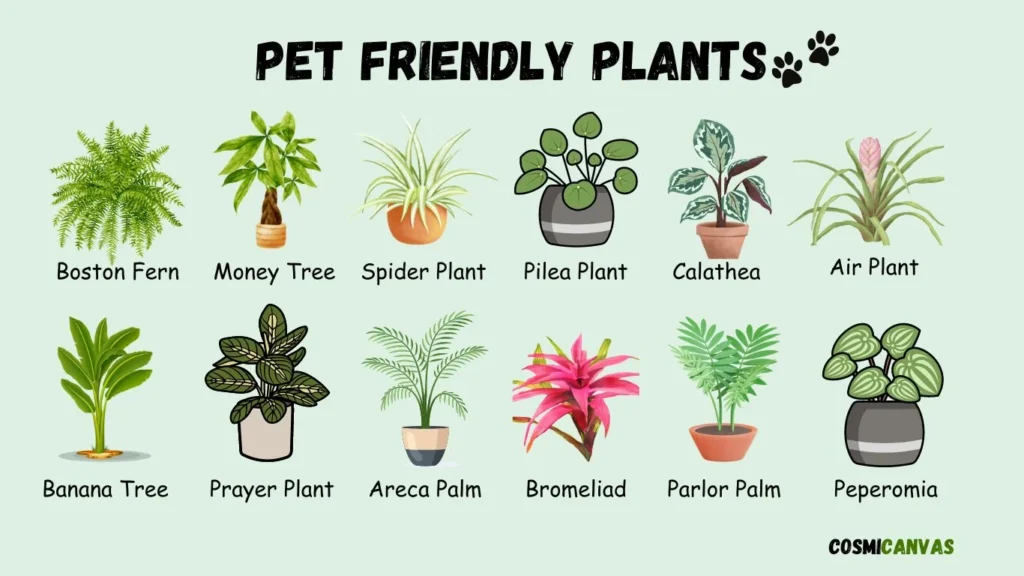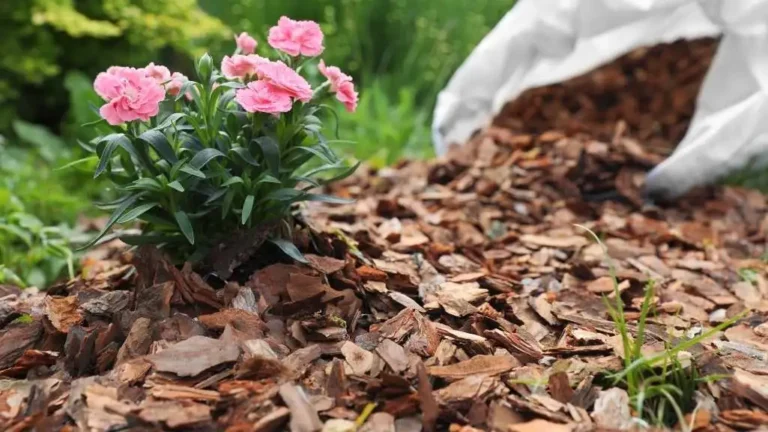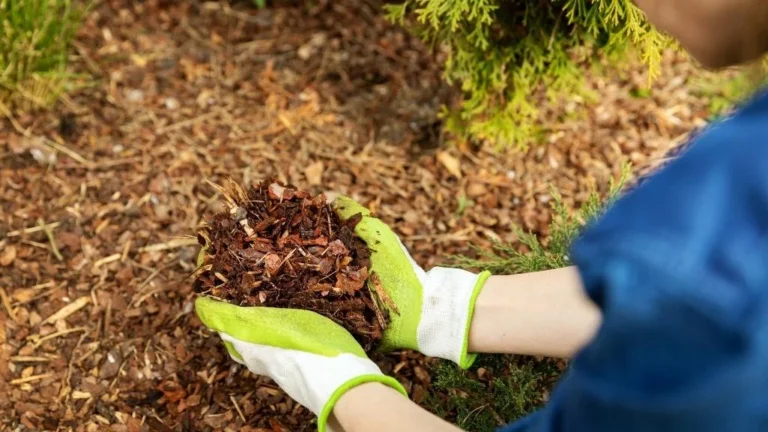Snake Plant
The Snake Plant (Sansevieria trifasciata) is a common houseplant. Its long, sword-like leaves stand upright and are often marked with green and yellow stripes or bands. This plant is known not only for its visual appeal but also for its air-purifying qualities. Snake plants are hardy and can thrive in a variety of indoor conditions, from low light to bright, indirect light.
Are Snake Plants Toxic to Dogs?
In a word, yes. Snake plants have a chemical component called saponins, which can cause toxicity to dogs if swallowed in sufficient quantities.
Saponins are organic substances that are found in various plants. If it is mixed with water, it will provide a soapy or foamy texture. Because of saponins, plants become less harmful if swallowed by humans, but saponins can also be toxic to pets such as dogs and cats. By the way, as I have said, it is less harmful to humans, but that does not mean I want you to eat them.
Symptoms of snake plant poisoning in dogs
I remember two years ago, my dog, unfortunately, swallowed a part of a snake plant. It was a nightmare for me. The dog started vomiting within 2/3 hours and became weak. I immediately contacted a vet and acted according to his advice.
To understand whether the dog is affected, observe the following symptoms. The symptoms I am presenting are collected from my personal experience as well as from people around me who have faced such situations. But remember, the intensity of symptoms depends on the amount of the plant ingested.
Vomiting
Vomiting is common in all cases. This is one of the most common symptoms. Dogs may try to get rid of the toxins through vomiting.
Diarrhea
A few dogs may go through diarrhea, giving you hints that the toxic compound is affecting the digestive system of the pet.
Nausea
Dogs may exhibit signs of nausea such as lethargy, loss of appetite, or reluctance to move.
Abdominal Pain
Your dog might show signs of discomfort or pain in the abdominal area. They might be more sensitive when touched or show a hunched posture.
Excessive Drooling
Some dogs may drool more than usual if they have ingested a toxic substance.
Loss of Appetite
As toxic substances may affect the digestive system; it is natural that the pet may lose appetite. They may be unable to eat or drink willingly.
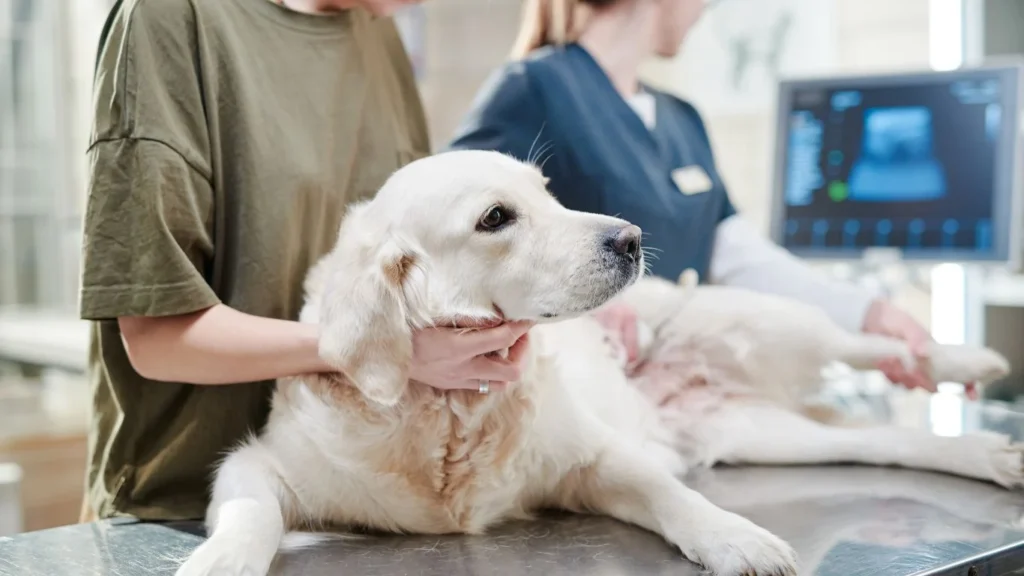
How to treat the dog after eating a snake plant
After suspecting the dog has already ingested the snake plant, the first thing not to do is don’t panic. Stay calm and follow the following steps.
Remove plant remains
Check for any remaining plant part in the dog’s mouth and remove it to avoid further ingestion.
Monitor the dog
Monitor the dog closely for any symptoms of poisoning. Take note of when the symptoms started and any changes in behavior or health.
Contact a veterinarian
Call the vet as soon as possible. Provide them with details about the plant, how much the dog may have consumed, and the symptoms you are observing. The vet might recommend bringing your dog in for an examination or may provide instructions for home care. Follow their advice properly.
Do not induce vomiting without vet advice
Unless directed by your vet, do not attempt to induce vomiting or administer any treatments at home. This could worsen the situation.
Preventive measures
To reduce the risk of your pet ingesting a snake plant or any other potentially harmful plant, consider the following preventive measures:
Choose pet-safe plants
Try to choose pet-friendly plants if you have pets. But you may not be able to resist having many plants as well as pets. Don’t worry; follow the next steps.
Place plant out of reach
If you have a snake plant or any other potentially toxic plants, place them in locations that are inaccessible to your pets. High shelves or hanging planters are good options.
Train the pet
Teaching your dog not to chew on plants can help reduce the risk of ingestion. While it might not be foolproof, it can make a difference.
Use pet deterrents
There are sprays and other deterrents available that can discourage dogs from chewing on plants. These products often have unpleasant tastes or smells that deter pets.
Provide safe chew toys
Ensure your dog has plenty of safe and engaging chew toys. This can help keep them occupied and less likely to chew on plants.
Snake Plants are beautiful and low-maintenance. However, if you have dogs, it’s essential to be aware of their potential toxicity. The saponins in snake plants can cause a range of symptoms, including vomiting, diarrhea, and nausea, if ingested by dogs.
By understanding the risks and taking appropriate preventive measures can keep pets safe while still enjoying the beauty of the snake plants. Remember to monitor the dog for any signs of poisoning and seek veterinary advice if you suspect they have ingested part of the plant.




